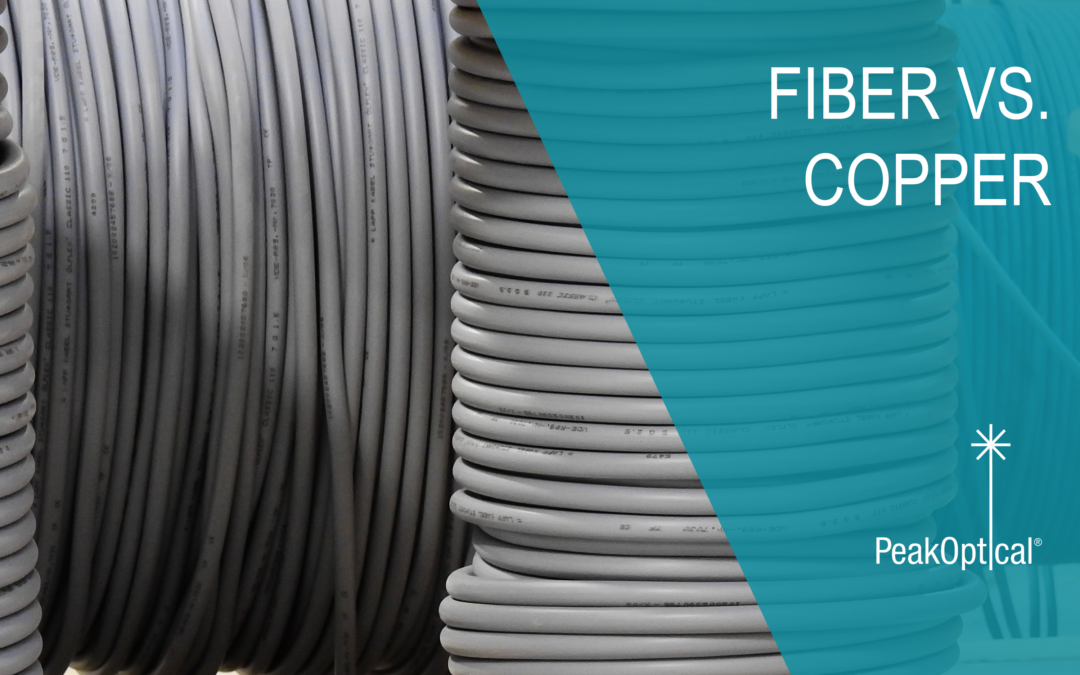The optical fiber has definitely become a sensation over the years, with experts leading to believe that the market size will grow up to 9 billion dollars until 2025. Here’s why, nowadays, people prefer to get optical fiber over UTP cables.
Security
Although in recent years it has been said that Optical Fiber can be tapped in as easily as Copper, it’s definitely harder to get information from optical wires. It’s much easier to secure the data than UTP, and even if they pose the same threat, other benefits surmount the copper cable.
Faster transfer speeds
It has been recorded that optical fiber can transfer up to several terabits (43 Tbps) under a single cable. UTP cable’s highest speed has been recorded by Bell Labs, with a velocity of 10Gbps. It’s definitely easy to see optical fiber overwhelming the market in a few years.
Less maintenance
In general, fiber optic patch cords require less maintenance than UTP. As a matter of fact, it’s recommended that the wires are installed and left alone (aside from normal check-ups), as some maintenance might cause even more harm to the fiber.
Lower latency
In copper cables, latency can occur because of the repeated need of reinforcing and processing of the signals. Because in optical networks, data is transmitted by light, there is less need of boosting the data transmission.
Not affected by electromagnetic interferences
Because of lower interferences, the optical fiber can carry data under many circumstances, without losing speed or distorting it. It can resist a number of conditions, such as rain, snow or other kinds of electromagnetically interference phenomena without having the risk of data loss.
Higher bandwidth
It’s no surprise that optical fiber can transfer higher amounts of data over the course of a single fiber. For example, PeakOptical’s OM4 multimode fiber can transfer up to 100Gb/s over 150 meters, with 16 different wavelengths incorporated into one single fiber.
Longer distance transfers
Again, fiber optic can be full of surprises, but it overtakes UTP’s even at distances. With the familiar single mode cable transporting information to up to 2000 m, there’s a massive difference comparing it to the 100 m of the UTP’s. Impressive fact: there are 1.1 million kilometers of fiber cables around the world.
Scalability solutions
If networks need to be scaled to incorporate more clients, then combining optical fiber with other affordable products (such as CWDM and DWDM’s) can create gigantic systems, with lower consumption necessities. With as much as 16 different wavelengths sending data through only one single fiber, the possibilities are incredible.
Long-run investment
Because of the low cost of maintenance, other additional products, and the benefits that optical fiber can bring to your company, investing in fiber optic patch cords is going to reduce payments in the long-run, provide you with the best quality. If you decide to change from UTP to optical fiber, you can choose PeakOptical’s adaptable products to answer your needs. The best part is that you don’t have to transform your whole network to incorporate optical devices, you can purchase converters and incorporate optical fiber cables without ruining the organization of your current system.


